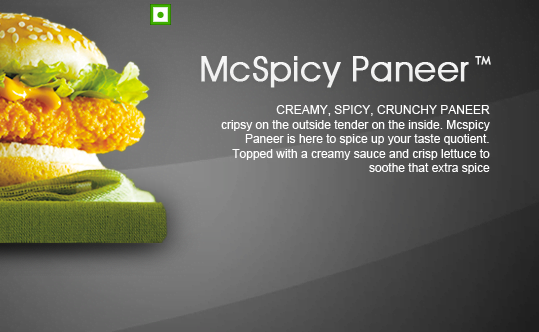Ed note. UN Dispatch contributor Lois Parshley is in India this week, on a health focused reporting fellowship supported by the United Nations Foundation
NEW DELHI – Dr. Anil Kumar Jhingan is a diabetes specialist in Delhi, the owner of a small, private practice. At 62, the white-haired doctor has found himself unexpectedly swamped with new cases. As India rapidly modernizes, public health officials have encountered an unexpected cost of development; according to the United Nations, for the first time in history more people worldwide are overweight than undernourished, and in the last 10 years, there’s been a corresponding explosion in diabetes.
20
80
w
1 in 5A recent Organization for Economic Cooperation and Development study found that in India, almost 1 in 5 people are overweight. Historically a problem in developed countries, in some ways the new prevalence of diabetes speaks to the material success of many Indians who have successfully joined the ranks of the middle class. Around 6 percent of adults in India currently have diabetes, and according to the World Health Organization (WHO), as India continues to prosper, between 2007 and 2025 the number of Indians with diabetes is expected to double, affecting more than 70 million people. To put that in perspective, that’s just about four times the population of the continent of Australia.
47
53
w
53% IncomeRepresenting a major shift in India’s burden of disease, the rise in diabetes has illuminated the shortcomings of the country’s health care system. Diabetes causes an inability to regulate blood sugar, requiring careful monitoring and frequent insulin shots to stabilize blood levels. Without medical care, diabetics are prone to blindness, amputations, and premature death. It’s a disease that requires frequent check-ups, and here, where few people have health insurance, even walking into a doctor’s office is prohibitively expensive. With a pay-before-treatment health care system, budget-constrained Indians view visiting a doctor as a last resort. But according to WHO, the average diabetic Indian will need $575 dollars of medical treatment a year. With the country’s average salary hovering around $90 a month, there’s no way for most to afford the necessary treatment. Folk remedies, like drinks of bittergourd juice or heartwood-infused water, are seen as more cost-effective – and unfortunately, ineffective – alternatives.
66
44
=
1.5 GDPThis lack of affordable care has caused India’s rate of diabetes-related mortality to skyrocket. “It’s a huge economic problem, both for the individual and the country as a whole,” explains Ashi Kathuria, Senior Nutrition Specialist at the World Bank. Because young and middle-aged people are disproportionately affected, the economic fall out of the loss within the working-age labor force is enormous. A study by the Harvard School of Public Health predicts that non-communicable diseases like diabetes will cost India about $2.3 trillion dollars before 2030 – 1.5 times India’s current GDP. Or, to put it in more humanist terms, according to WHO, between 2006 and 2015, Indians will collectively lose 17.9 million years due to non-communicable premature deaths.
So it’s perhaps no surprise that with such rapidly changing demographics, the social context for these diseases is also changing. People with diabetes are increasingly confronting social stigma. Although being overweight was until recently considered a positive indicator of success – a fast-food chain recently ran an ad campaign declaring, “Overweight? Congratulations.” – according to a survey Dr. Jhingan conducted with the Delhi Diabetes Research Centre, almost fifty percent of women with diabetes were separated from their husbands within their first year of marriage. Husbands don’t want the financial burden, he explained, and before couples even get to marriage, potential partners shy away, worrying that diabetics can’t bear healthy children. It’s become such an issue that, moved by the stories of his patients, Jhingan developed a dating website to for Indians with diabetes.
“Know more, live more,” is the Diabetes Matrimony slogan. But for a country newly facing the complications that come with excess, perhaps “more” isn’t the most appropriate mantra.
